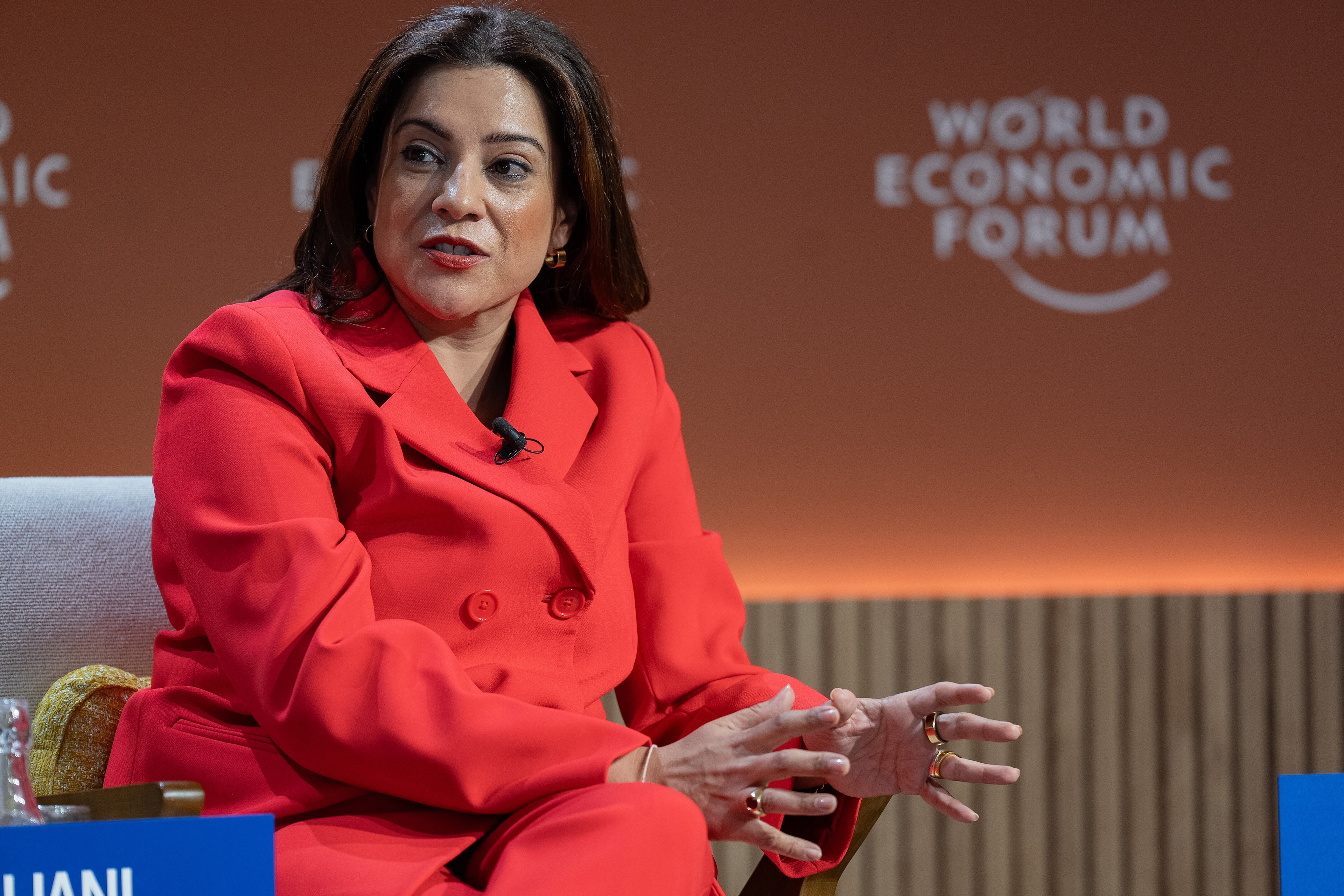The hidden truth of violence against women


Get involved with our crowdsourced digital platform to deliver impact at scale
Stay up to date:
Gender Inequality
Catalina Escobar is a Schwab Foundation 2015 Social Entrepreneur of the Year Awardee
Jamaica, Colombia, and Saint Lucia have emerged as the top three countries with the highest percentage of women in top-level management positions, according to the latest report from the International Labor Organization. This positive news quickly went viral in the media world.
A few hours before learning about this report, I read an article called “Manual to Enslave Women,” in which a guerrilla with FARC, the Colombian terrorist group that is the world’s oldest and third richest group of its kind, described the brutality of war and how women and girls are raped regardless of whether they are kidnapped or recruited. The author explained how women are forced to be slaves, how they are raped, and how they get venereal diseases and abortions.
Violence against women remains a reality in and out of war.
The overall evidence is clear: one in three women are victims of sexual violence. Among victims of forced sexual exploitation, 98 percent are women; 53 percent of Latin American women suffer from some form of domestic violence; 603 million women live in countries where domestic violence is not considered a crime. While these facts are still a reality, we cannot speak of true and sustainable progress for women in the world and within our nations.
In a country like Colombia, with 48 million inhabitants, those numbers cannot be more frightening: Every day, 245 women are victims of some form of violence; every three days, a woman is murdered; and every hour, two women become victims of sexual abuse. Unfortunately, women who come from poverty are more vulnerable to such realities.
A few months ago, I was asked about the future of girls in Colombia, to which I replied, “For a person to be in total disgrace, you have to fulfill two requirements: being a girl and being poor. Because if that is true, she is more likely to be recruited by FARC, or she’s a sexual slave for the paramilitaries, or is sexually abused, or is a teenage mother, or suffers from physical violence, or simply all of the above. She won’t have much hope!”
There is increasing evidence about the transformative power created when a nation invests in women and girls, in their education, and in defending their rights. A country grows when its women grow. Only one additional year of secondary education increases a woman’s future earnings between 15% and 25%. In a country like Kenya, this means that the GDP would increase by £3.4 billion – nearly 10% – if the country’s 1.6 million girls complete secondary education and if 220,000 adolescent girls do not get pregnant.
Women reinvest 90 percent of their income in their families and communities. Mothers with one to three years of schooling reduce child mortality by 15 percent. When a girl has studied for more than seven years, she will marry four years later and have 2.2 fewer children. When 10 percent more girls enroll in secondary education, the economy increases by 3 percent.
Sustainable social transformation occurs from investing in women and girls. The economic impact is immense.
I recently read a report stating that Brazil could increase its productivity by more than $35 billion annually if women delayed pregnancy until after the age of 20, and India could increase productivity an additional $7.7 billion.
It is true that more women are in management positions, and it is fundamental to close gender gaps. This is key to the development of our nations. However, let’s not forget that in the developing countries, the vast majority live below the poverty line, and 50% of those are women and girls who are still vulnerable to human atrocities.
This post first appeared on Medium. Publication does not imply endorsement of views by the World Economic Forum.
To keep up with the Agenda subscribe to our weekly newsletter.
Author: Catalina Escobar is Chairman of the Juan Felipe Gómez Escobar Foundation, Colombia, and a Schwab Foundation 2015 Social Entrepreneur of the Year Awardee
Image: A woman, who asked to remain anonymous, recounts her experience at a shelter for domestic violence victims in Caracas. REUTERS/Jorge Silva.
Don't miss any update on this topic
Create a free account and access your personalized content collection with our latest publications and analyses.
License and Republishing
World Economic Forum articles may be republished in accordance with the Creative Commons Attribution-NonCommercial-NoDerivatives 4.0 International Public License, and in accordance with our Terms of Use.
The views expressed in this article are those of the author alone and not the World Economic Forum.
The Agenda Weekly
A weekly update of the most important issues driving the global agenda
You can unsubscribe at any time using the link in our emails. For more details, review our privacy policy.
More on Equity, Diversity and InclusionSee all
Kate Whiting
May 3, 2024
Annamaria Lusardi and Andrea Sticha
April 24, 2024
Claude Dyer and Vidhi Bhatia
April 18, 2024
Julie Masiga
April 12, 2024






